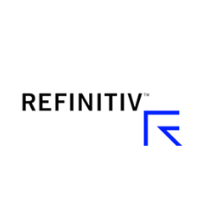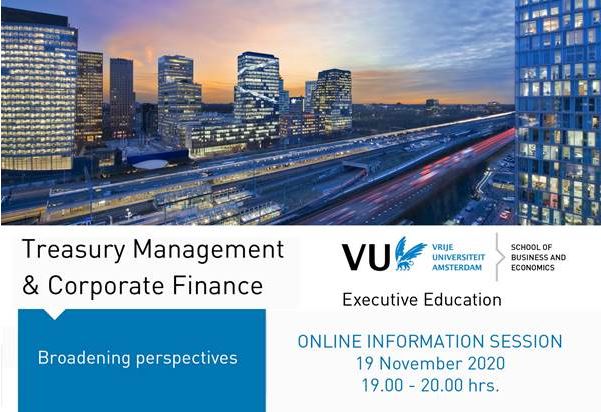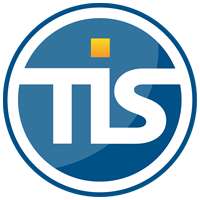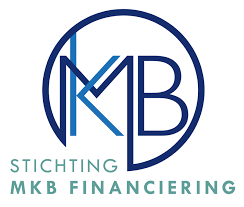05-11-2020 | treasuryXL | XE |
Remittance payments, which are essentially sending money home, are easier than ever when you choose Xe.

In a nutshell, payment remittances are expatriates sending part or all of their foreign wages to friends or family back home. Technically, remittance can be defined as any such payments, whether or not the money crosses an international border. But in almost all cases, when people talk about money remittances, they are talking about financial transfers, usually wages, from a developed country to a developing country.
Many people are surprised to learn that developing nations receive more capital from money remittances than from any other source. For example, in 2018, low- and middle-income countries received about $345 billion USD in foreign aid and foreign investment. Financial remittances to these countries exceeded $525 billion USD.
Most of these remittances were transfers to individuals. Many countries, most notably India, China, and the Philippines, have large overseas diasporas. Additionally, many companies have more international connections than ever, making remittances more common.
When you choose a remittance of funds provider, convenience, cost, and security are usually the three most important factors. Xe remittances feature all these things. Our online portal, which features bank-grade security, is available to account-holders 24/7/365. Furthermore, we do not charge additional fees for many electronic transfers to one of the 130+ countries we are connected to.
What should you know about remittances?
The aforementioned convenience is the biggest remittance pro. Many transfers require only a few minutes. Additionally, the currency transfer is usually seamless. The sender transfers native currency, and the recipients usually gets the funds in native currency.
Largely because of the high volume of remittance transfers, there are occasionally calls for better regulation. Since many international transfers are under the radar, remittances are a popular tool for money launderers and terrorist financiers. For these reasons, FinTech companies like Xe keep a close eye on transfers to multiple different recipients or transfers to organizations instead of individuals.
On a related note, many people send money to groups, or join groups, which have hidden sinister agendas. Technically, these links run afoul of American and international laws and standards. But if your affiliation is tied to one specific aspect of that group, such as its support for refugees, you are typically okay.
High fees for small transfers are an issue as well. The average provider charges over 7 percent for transfers of $200 or less. That’s significantly higher than the average fee for larger transfers. Low income families are very vulnerable in this area. Seven cents out of every dollar is not much for wealthy families, but could be a week’s worth of gasoline for a poor family.
In addition to the fee, many countries directly tax remittance payments. These rules obviously vary significantly in different places. Additionally, even if the remittance is a gift, it is normally taxable income.
Understanding the Terms and Conditions
We won’t deny it: financial language can get a little dry. Frequently, remittance transfer agreements involve so much technical jargon that they appear to be in a different language. Here are some common remittance terms and what they mean:
-
ABA Number
All American banks, and most foreign banks, have nine digit codes used in electronic transfers. If you do not know the ABA number, a/k/a the routing number, ask Google. You might also need your account number, and if you don’t know that, you’ll probably need to visit a branch in person.
-
AML
As mentioned, money laundering is a serious problem in this area. So, many institutions have Anti Money Laundering protocols. These protocols usually involve transfer limits and transaction verification.
-
KYC
Similarly, many institutions have Know Your Customer protocols. Common KYC items include text message verification, username/password authentication, and security questions, like your mother’s maiden name.
-
Recall
If you transfer funds in error, it’s technically possible to cancel the transaction and retrieve the money. But the process is complex and there are no guarantees. So it’s best to get it right the first time.
The more comfortable you are with the lingo, the easier it is to send a remittance abroad.
How to send a remittance
Cash pickup, usually through a company like Western Union, electronic transfers, usually through a FinTech like Xe, and bank transfers are the most common forms of remittance payments.
In terms of the infrastructure, most remittances use Society for Worldwide International Financial Telecommunication (SWIFT) or Electronic Funds Transfer (EFT). Most cash and bank transfers use the SWIFT network. These transfers often involve a third party. These third parties do not work for free, so the fee could be higher. Xe and other online institutions normally use EFT transfers. Generally, these transfers are much more direct.
Cash pickup is usually the fastest and cheapest way to remit money overseas. It’s also the most cumbersome and least convenient way. Most recipients can only use cash for some in-person transactions. And, transferees must always travel somewhere to receive their money. On the other hand, bank transfers are extremely convenient. However, they are only available to certain people.
On the plus side, cash and bank transfers normally accept many different payment methods, such as cash, credit/debit card, cash, money order, wire transfer, or even personal check. These options normally require face-to-face transfers, as such payment methods are difficult or impossible to use online.
Xe remittances essentially combine the low cost and fast speed of cash transfers with the convenience of bank transfers. That combination makes Xe an excellent way to send money overseas.
Get in touch with XE.com
About XE.com
XE can help safeguard your profit margins and improve cashflow through quantifying the FX risk you face and implementing unique strategies to mitigate it. XE Business Solutions provides a comprehensive range of currency services and products to help businesses access competitive rates with greater control.
Deciding when to make an international payment and at what rate can be critical. XE Business Solutions work with businesses to protect bottom-line from exchange rate fluctuations, while the currency experts and risk management specialists act as eyes and ears in the market to protect your profits from the world’s volatile currency markets.
Your company money is safe with XE, their NASDAQ listed parent company, Euronet Worldwide Inc., has a multi billion-dollar market capitalization, and an investment grade credit rating. With offices in the UK, Canada, Europe, APAC and North America they have a truly global coverage.
Are you curious to know more about XE?
Maurits Houthoff, senior business development manager at XE.com, is always in for a cup of coffee, mail or call to provide you detailed information.
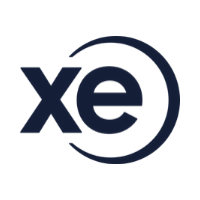
Visit XE.com
Visit XE partner page








